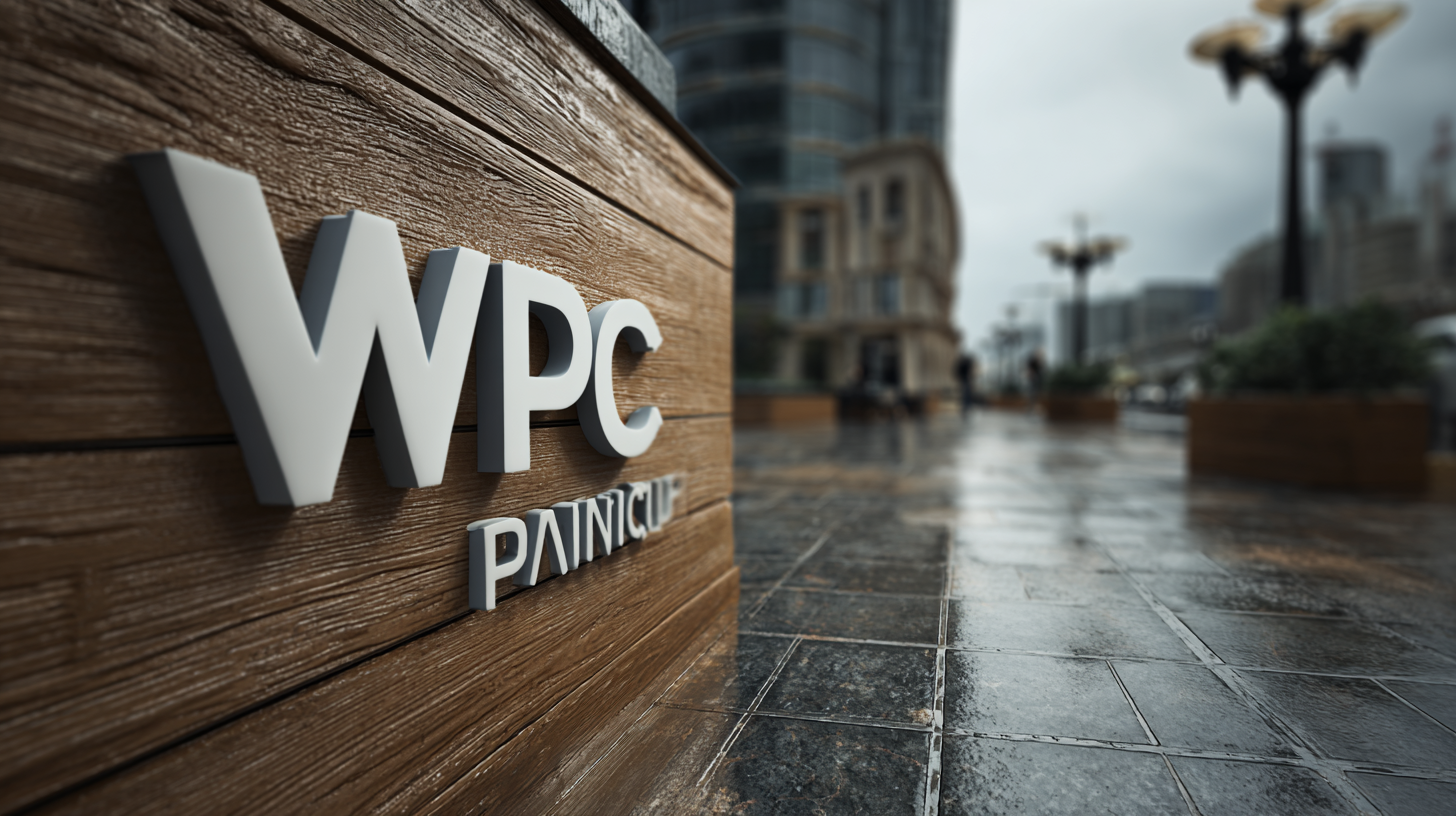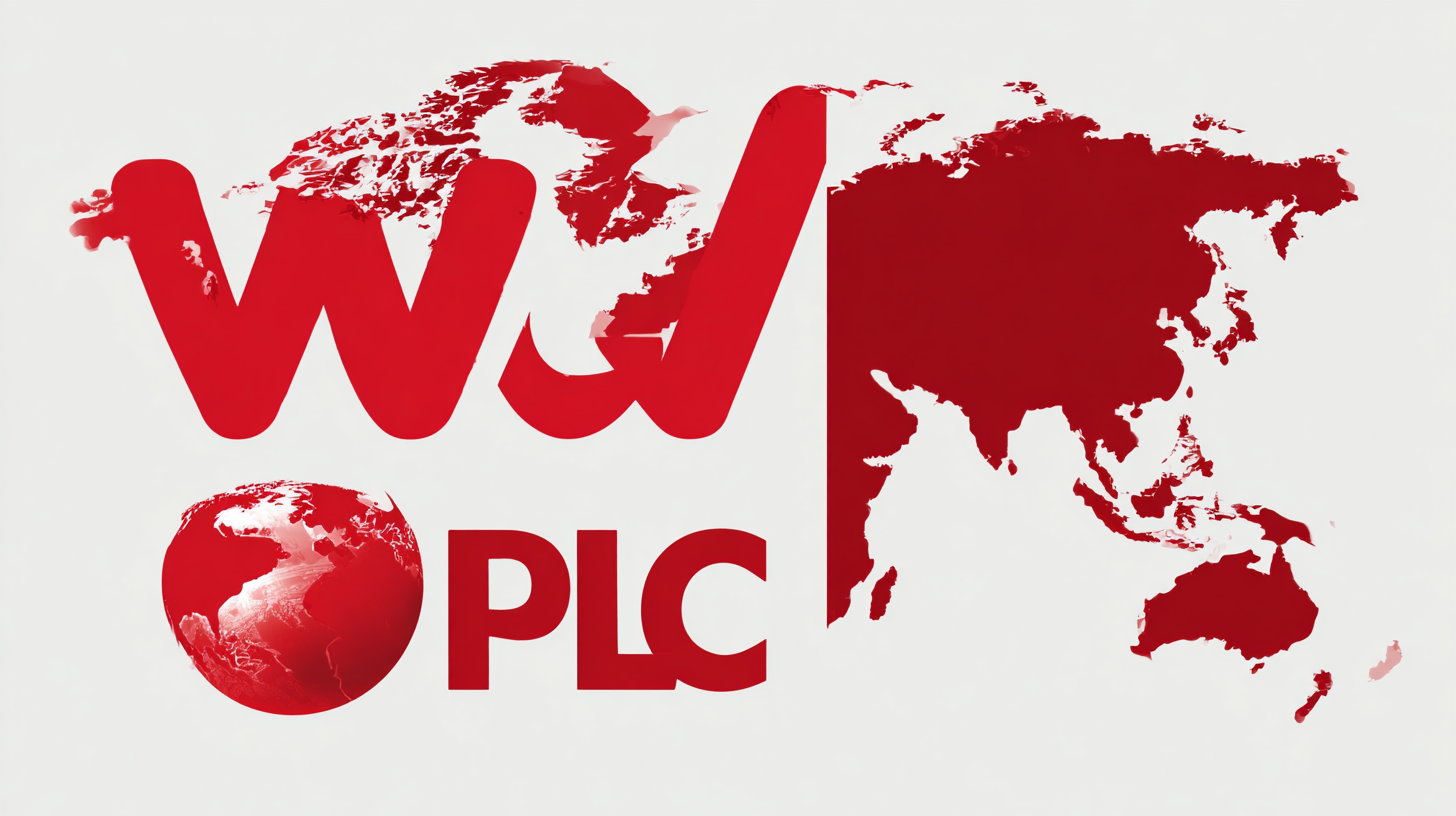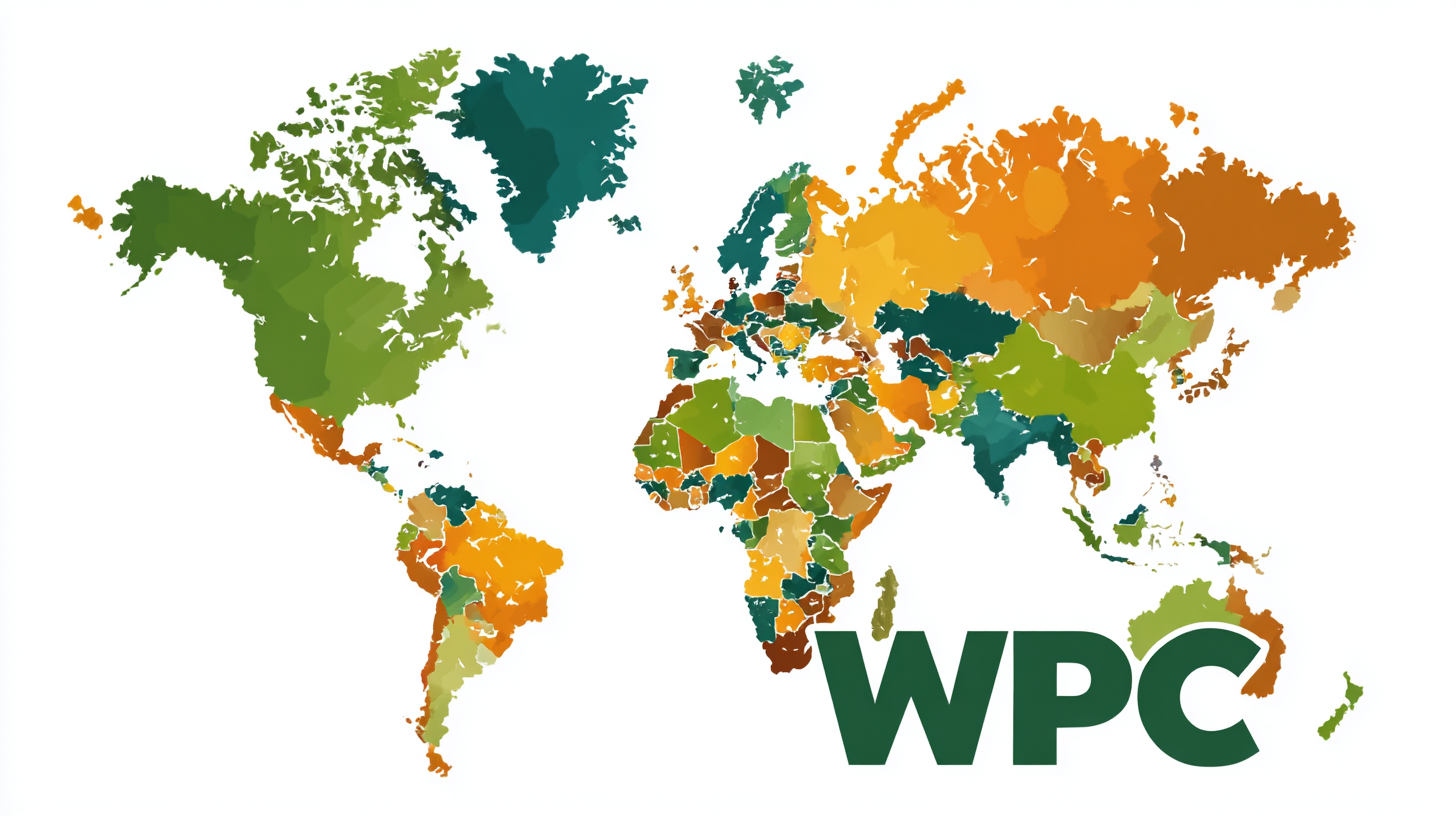Shandong Xiangying New Materials Technology Co., Ltd.
Shandong Xiangying New Materials Technology Co., Ltd.
In recent years, the demand for innovative building materials has surged globally, with WPC (Wood Plastic Composite) panels emerging as a key player in the construction and design industries. According to a report by Research and Markets, the global WPC market was valued at approximately USD 6.3 billion in 2020 and is expected to grow significantly, reaching USD 10.5 billion by 2026, driven by the increasing emphasis on sustainable construction practices and eco-friendly materials. As a versatile alternative to traditional wood and plastic, WPC panels not only offer durability and low maintenance but also showcase aesthetic versatility, making them suitable for a wide range of applications from decking and fencing to indoor furniture and wall cladding. This blog will delve into the various types of WPC panels available, highlighting their unique characteristics and suitability across diverse environments, while also showcasing how innovative solutions from quality manufacturers in China are paving the way for global success in this burgeoning market.

The global market for wood-plastic composites (WPC) is poised for remarkable growth, with projections indicating a value of $6,400.5 million by 2025 and a surge to $12,941.7 million by 2033, reflecting a compound annual growth rate of 9.2%. Central to this expansion is the innovative manufacturing techniques developed by quality manufacturers in China, which are revolutionizing how WPC panels are produced and utilized across various sectors.
China's ability to implement cutting-edge technologies in the production of WPC panels is a game changer. From advanced extrusion processes to precise blending techniques, these innovations enhance the durability, aesthetic appeal, and environmental sustainability of the products. Manufacturers are increasingly focusing on utilizing recycled materials, thereby minimizing waste and showcasing a commitment to sustainability. This not only meets global demand but also caters to the growing consumer preference for eco-friendly building materials. By harnessing these manufacturing techniques, Chinese manufacturers are not only leading the market but also setting new standards for quality and performance on a global scale.
| Manufacturer Location | Production Capacity (Tons/Year) | Innovative Techniques Used | Sustainability Certifications | Export Markets |
|---|---|---|---|---|
| Guangdong | 50,000 | Extrusion and Injection Molding | ISO 14001 | North America, Europe |
| Zhejiang | 30,000 | Thermoforming | FSC Certified | Asia, Australia |
| Shandong | 40,000 | Compression Molding | CE Marking | Middle East, Latin America |
| Jiangsu | 60,000 | 3D Printing | REACH Compliant | Africa, Europe |
In recent years, the demand for sustainable building materials has surged globally, with Wood Plastic Composites (WPC) emerging as a preferred choice. China's WPC panel production is increasingly aligned with global sustainability standards, reflecting an industry shift towards eco-friendly practices. According to a report by Statista, the global WPC market is expected to reach USD 9 billion by 2026, with Asia-Pacific being a significant contributor. This growth emphasizes the importance of adopting sustainable practices throughout the production cycle to meet consumer and regulatory expectations.
Chinese manufacturers are leveraging advanced technologies and materials in the production of WPC panels to minimize environmental impact. Many companies have transitioned to using recycled plastics and sustainably sourced wood fibers, which significantly reduces waste and conserves natural resources. The China National Building Materials Group reports that over 60% of WPC producers in China have implemented a circular economy model, resulting in a reduction of carbon emissions by up to 40% compared to traditional materials. This commitment to sustainability not only addresses environmental concerns but also enhances the competitive edge of Chinese manufacturers in the global market.
The global market for Wood Plastic Composite (WPC) panels is rapidly evolving, presenting both significant opportunities and formidable challenges for manufacturers. As consumers increasingly seek sustainable and versatile building materials, the demand for WPC panels has surged. This shift reveals a lucrative avenue for Chinese manufacturers to expand their reach and innovate. However, keeping pace with changing regulations and eco-friendly standards in different markets requires adaptive strategies and foresight.
To navigate this dynamic landscape, manufacturers should focus on investing in research and development to enhance the quality and functionality of their WPC products. This includes exploring new wood-fiber blends and incorporating advanced additives that improve durability and aesthetic appeal. Additionally, forging partnerships with local distributors can streamline market entry and provide critical insights into regional consumer preferences.
Tip: Stay agile by monitoring global market trends closely; this can help manufacturers anticipate changes in demand and tailor their offerings accordingly. Another essential strategy is to prioritize sustainability in production processes, as eco-conscious consumers are more likely to choose products that minimize environmental impact.

 Quality assurance is a cornerstone in the manufacturing sector, particularly in China’s WPC (Wood Plastic Composite) industry. Chinese manufacturers have implemented rigorous quality assurance practices that include comprehensive testing and certification processes. From raw material selection to the final product, every step is scrutinized to ensure compliance with international standards. This not only enhances product durability but also boosts consumer confidence in WPC products.
Quality assurance is a cornerstone in the manufacturing sector, particularly in China’s WPC (Wood Plastic Composite) industry. Chinese manufacturers have implemented rigorous quality assurance practices that include comprehensive testing and certification processes. From raw material selection to the final product, every step is scrutinized to ensure compliance with international standards. This not only enhances product durability but also boosts consumer confidence in WPC products.
Tip: When choosing WPC panels, look for certifications that validate the quality of the materials used. This can help ensure that you are investing in products that meet high standards.
Another vital practice is continuous improvement through technological advancements and employee training. Manufacturers are embracing innovations in production techniques and quality control technologies, fostering a culture of excellence. These efforts are reflected in the increased longevity and enhanced aesthetics of WPC panels, making them a preferred choice for outdoor and indoor applications alike.
Tip: Seek manufacturers that prioritize worker training and technological upgrades, as they are more likely to produce high-quality, reliable WPC products.
In recent years, the global demand for wood plastic composite (WPC) panels has surged, driven by their sustainability and versatility. According to a report by MarketsandMarkets, the WPC market is projected to reach $9.5 billion by 2026, growing at a CAGR of 11.3% from 2021. This uptrend highlights the pivotal role that Chinese manufacturers play in meeting international needs. Numerous case studies showcase successful implementation of Chinese WPC panels in various global projects, which have not only enhanced aesthetic appeal but also improved durability.
One notable example is the use of Chinese WPC panels in a large-scale outdoor design project in Europe. The panels were selected for their weather-resistant properties and low maintenance requirements, resulting in a 30% reduction in ongoing upkeep costs compared to traditional materials. Similarly, in North America, a major residential development incorporated Chinese WPC panels to create eco-friendly decking solutions that comply with stringent environmental regulations. These projects illustrate how innovative solutions from China's quality manufacturers are paving the way for sustainable construction practices worldwide, positioning WPC as a critical component in modern building design.
This chart illustrates the distribution of successful global projects utilizing WPC panels sourced from China. The data shows various sectors where these innovative solutions have made an impact.
